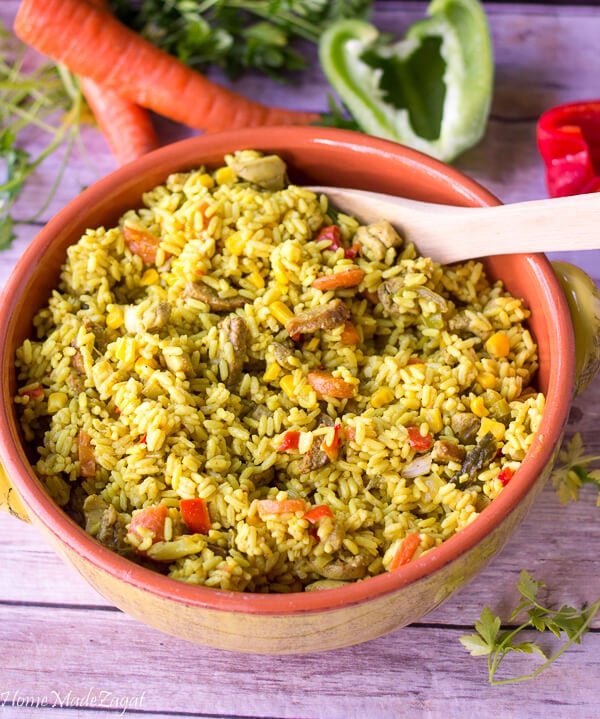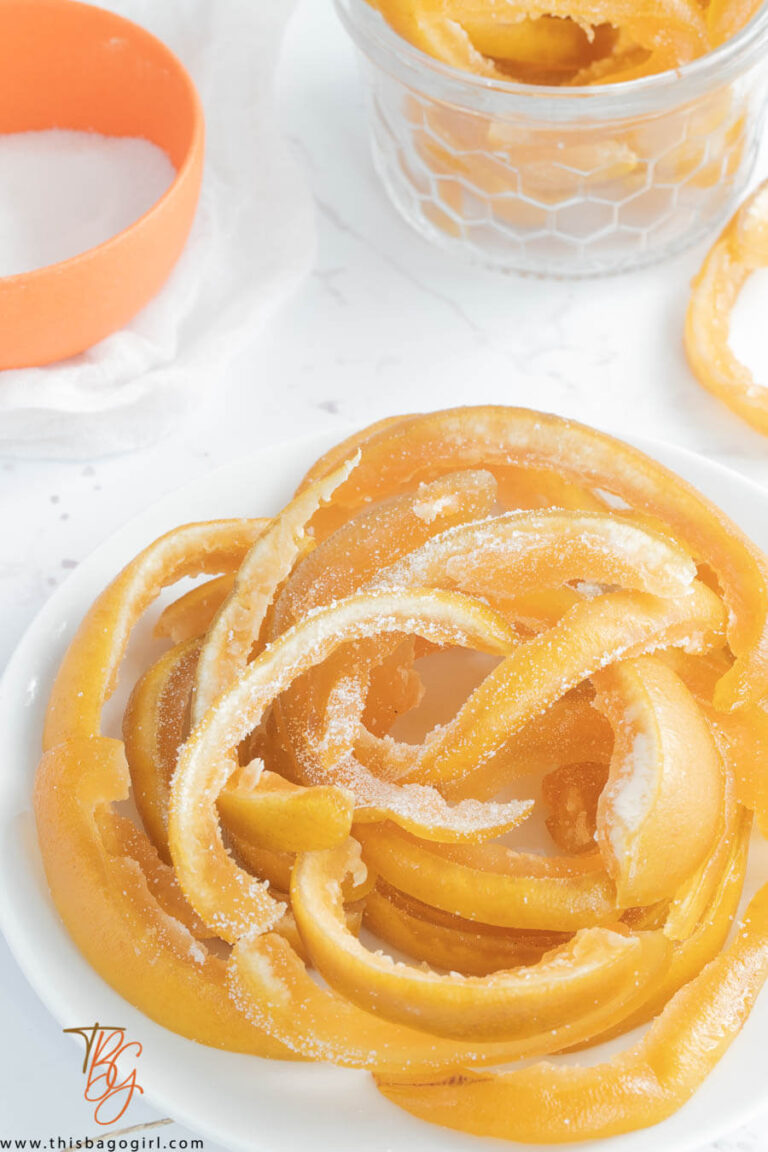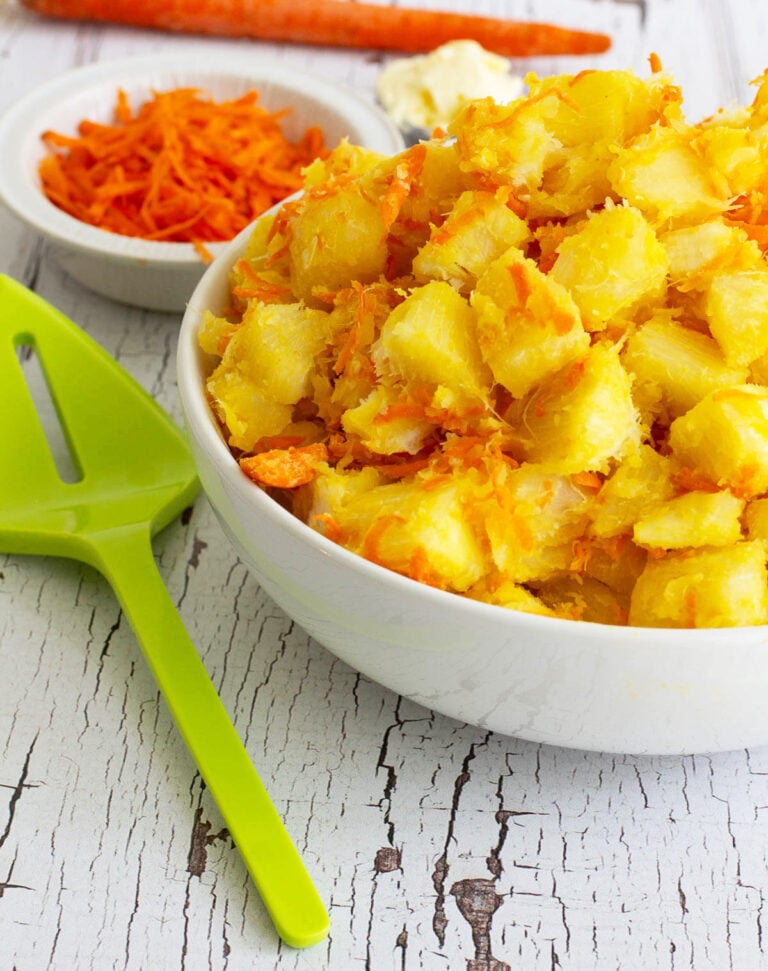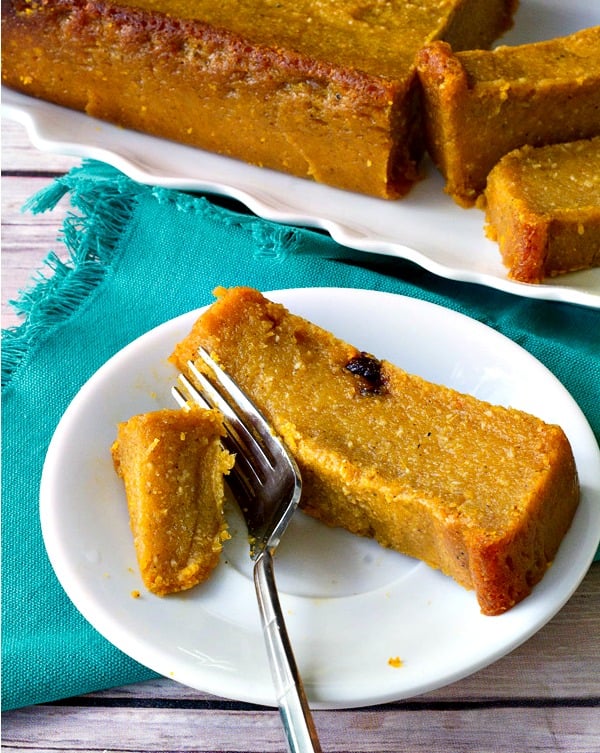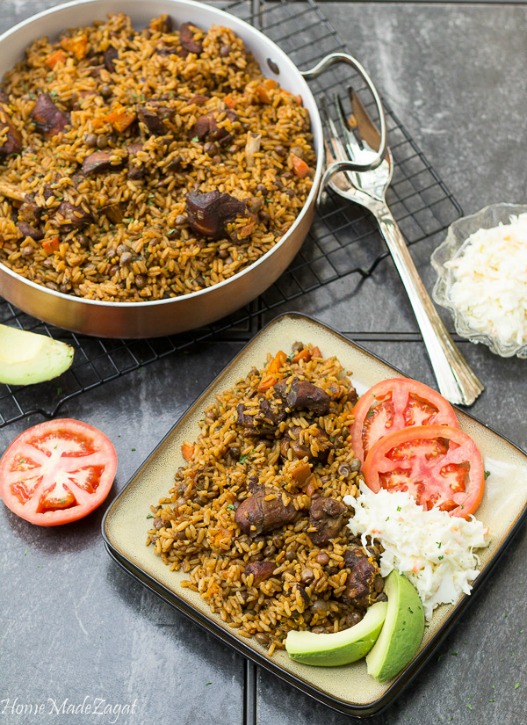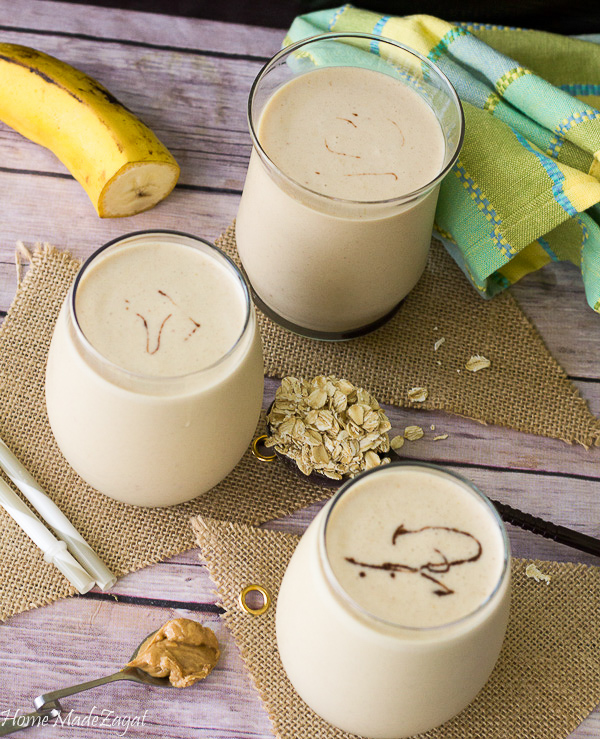Saltfish “Run Down” Recipe
A classic Caribbean dish made with salted cod simmered in seasoned coconut milk, served best with dumplings or ground provisions. It’s comforting, savory, and guaranteed to have you licking the plate clean.
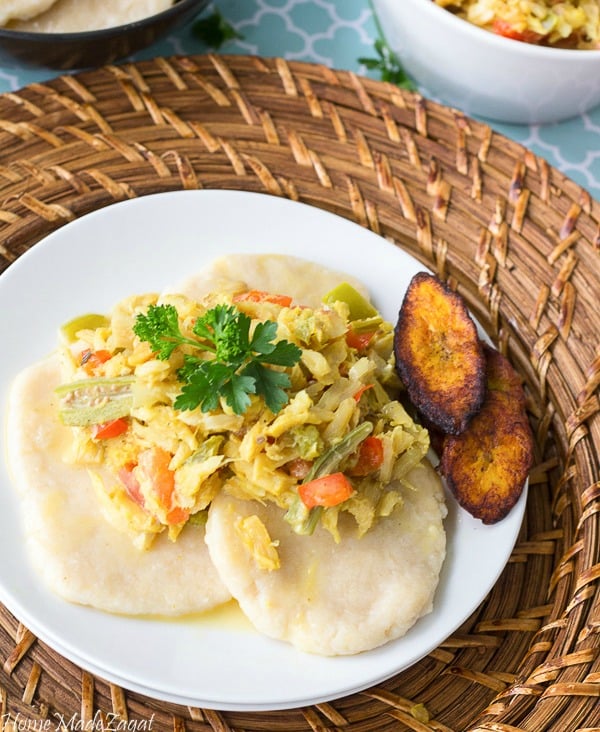
If you’ve never had rundown before, get ready for a sweet-hand situation. I’m talking about the kind of dish that makes you suck your fingers and hum with every bite. Saltfish cooked down in creamy, coconutty goodness, bursting with tomatoes, pepper, and flavor? Yes please.
This is one of those meals that brings joy from start to finish. Fun to cook, even better to eat.
What is “run down”
Great question. Honestly… I don’t know who named it, and the stories I’ve heard? No receipts. But what I can tell you is this: it’s a dish you’ll find across the Caribbean, with variations depending on the island. Jamaicans call it “run down,” some folks say “stew down,” and others (my personal favorite) call it “dip and fall back.”
No matter the name, it’s saltfish cooked in a seasoned coconut milk sauce and it’s usually paired with boiled dumplings or ground provisions like yam, green banana, or cassava.
Prepping the saltfish
To get your saltfish ready for cooking, you need to remove the excess salt. And listen, we’re not trying to take all the salt out—just enough so you don’t feel like you’re chewing a block of seawater.
Everyone’s got their way, but my preferred method is the soak-out method:
Soak the saltfish in a bowl of water for 20 minutes, throw off the water, then repeat once or twice until the salt is at your desired level. No overnight planning, no rubbery fish. Just right.
Want to see all the methods and learn which one my mom swears by? Head over to my full guide on how to desalt saltfish.
How to make saltfish rundown
Ingredients
For the saltfish:
- Salted cod – You can also use mackerel, but saltfish gives the best flavor.
- Water – For soaking and desalinizing the fish. I like the soak-out method best (more on that here).
For the coconut curry base:
- Coconut milk – Fresh is best, but canned from Caribbean brands like Grace or Goya works great too. Here’s how to make your own.
- Curry powder – Adds depth and warmth to the sauce.
- Thyme – Earthy and herbaceous.
Seasonings & aromatics:
- Garlic – Sautéed with curry to start the flavor base.
- Onion
- Scallions
- Black pepper
Veggies for flavor and color:
- Red bell pepper
- Tomatoes – Helps break up the richness of the coconut milk.
- Green bell pepper (chopped)
Heat:
- Scotch bonnet pepper – Leave it whole if you want flavor without the burn; burst it if you’re here for the spice.
Instructions
- Soak the saltfish in a bowl of water for about 20 minutes. Discard the water, then repeat the soak again. Taste a piece—if it’s still too salty, soak once more for 15 minutes and drain.
- Chip up the saltfish into small pieces, removing any bones, and set aside.
- In a heavy-bottom pan over medium heat, add a bit of oil and sauté the garlic and curry powder—don’t let it burn!
- Add in the coconut milk and bring it to a boil.
- Stir in the scallions, thyme, garlic, onions, scotch bonnet pepper, and pimento seeds. Let everything simmer until the coconut milk thickens a bit.
- Add the bell peppers and black pepper and continue to simmer.
- Stir in the tomatoes and cook for a few minutes until they start to soften.
- Add the chipped saltfish and let the whole thing simmer for about 10 minutes.
- Taste and adjust seasoning if needed. If the sauce gets too thick, splash in a little water.
- Remove from heat and let it sit for about 10 minutes so the flavors soak in even more
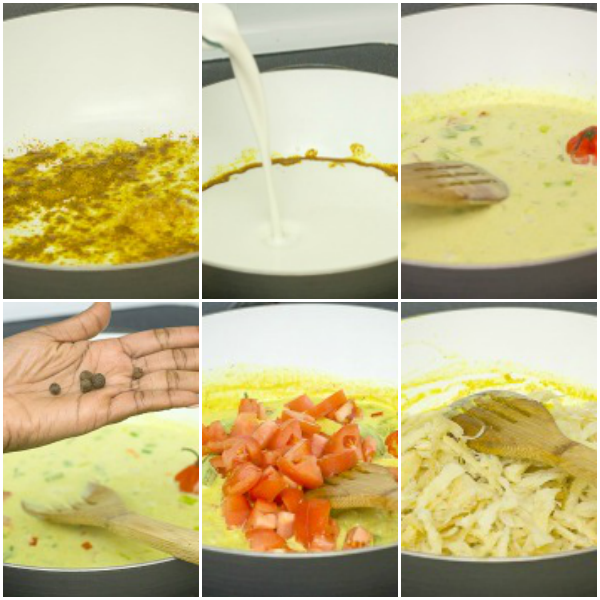
What to serve with run down
This dish was made for dumplings. Whether it’s plain flour dumplings or my favorite cornmeal dumplings, just get something carby to mop up all that sauce. You can also serve it with:
- Boiled yam
- Green bananas
- Cassava (yuca)
- Plantains
- Breadfruit
Honestly, anything that soaks up gravy is fair game.
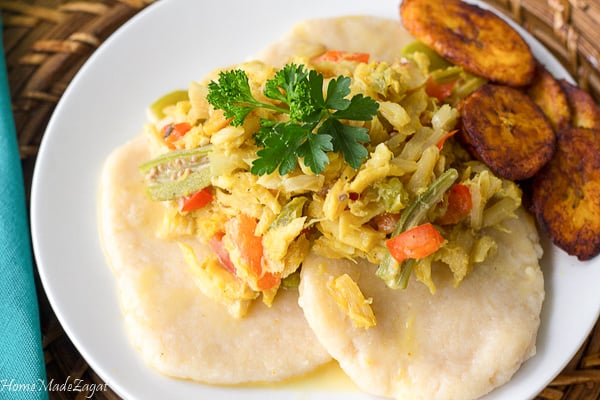
Frequently Asked Questions
That depends on whether you burst the scotch bonnet pepper. Leaving it whole gives flavor without the fire. If you’re here for heat, go ahead and let it pop or even add another.
It freezes okay, but the texture of the coconut milk can change slightly. If you do freeze it, store in an airtight container and reheat gently on the stovetop with a splash of water or extra coconut milk.
Yes! Mackerel works as a substitute, especially if that’s what you have on hand. But for that classic flavor, saltfish is the winner.
Final Thoughts
If you made and loved this saltfish rundown, let me know in the comments! Leave a star rating on the recipe card, tag your plate on IG with #TBGEats, or send me a pic—I live for those.
Craving more Caribbean coconut dishes? Check out:
- Fish in Coconut Curry Sauce
- Coconut Bake
- Cassava Dumplings (perfect side!)
Recipe

Saltfish Run Down
Ingredients
Method
- Desalt the fish: Soak the saltfish in a bowl of water for 20 minutes. Discard water and repeat the process one or two more times, tasting after each soak. Once sufficiently desalted, break into small pieces and remove any bones.
- Start the base: In a heavy-bottomed pan over medium heat, add oil. Sauté garlic and curry powder for about 30 seconds, being careful not to burn.
- Add liquids and aromatics: Pour in coconut milk and bring to a boil. Add scallions, thyme, onions, pepper, and pimento seeds. Let simmer for a few minutes.
- Build the flavor: Add the chopped bell peppers and black pepper. Simmer until the sauce begins to thicken.
- Add tomatoes and saltfish: Stir in tomatoes and allow to soften. Then add the prepared saltfish and let it simmer for about 10 minutes.
- Final touches: Check for seasoning and fish tenderness. Add a splash of water if the sauce is too thick. Remove from heat and let sit for 10 minutes before serving.
